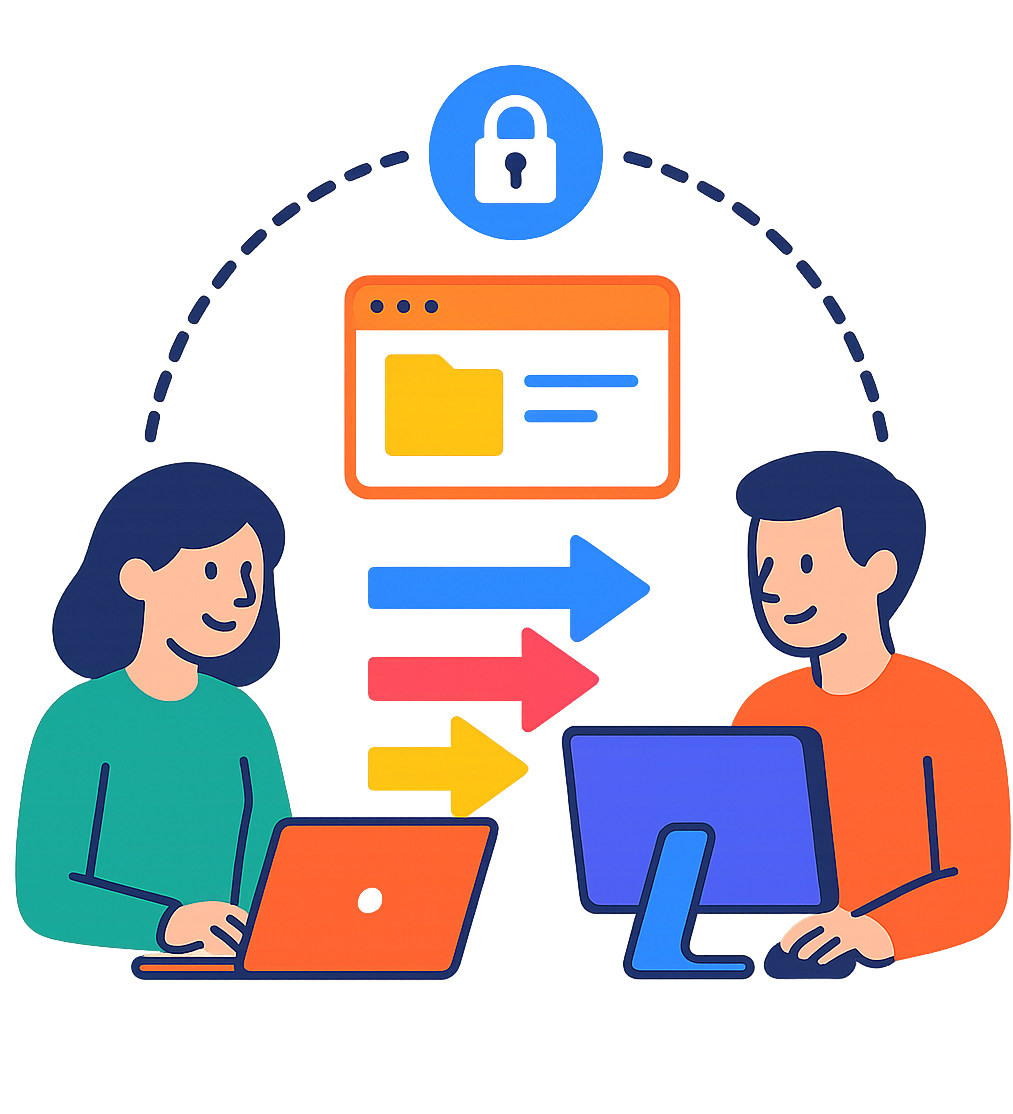

Do you have field technicians who need access to large building drawings and files? Do you have designers who work from home but need access to large Photoshop files? And these large files are stored on an on-premises file server that is not suitable for remote access?

A traditional VPN requires a stable and active connection to the corporate firewall to function. A disruption in the Internet or an interrupted connection to the firewall interrupts employees' work with unsaved files. With offline editing, remote workers can save and edit documents without an active connection and save the files asynchronously to a corporate file server once the connection is restored.

A firewall vendor typically offers VPN without an always-on feature. Always-on VPN requires more infrastructure components such as identity servers, authentication servers, compatible clients OS, etc. However, most modern cloud applications are always-on, allowing offline access to files and folders and storing files on a local device before synchronizing them with online servers.

Accessing file servers is hardly high-performance, because when a VPN serves as an enabler, file access is done via the SMB/CIFS protocol. First of all, the SMB protocol is not a data streaming protocol with many requests and responses. If we can switch to HTTP streaming for file transfer, performance will improve. Second, HTTP-based file transfer traffic can take advantage of a global content delivery network, so HTTP is faster for cross-continent transfer.
A mapped drive over the HTTPS channel to the corporate file server is an important feature. Employees are familiar with a mapped drive and no additional training is required.
Most file sharing solutions provide manual file locking in the form of "check in" and "check out". NFC Vault provides automatic file locking by detecting requests to open files. When Microsoft Word opens a file, file locking is automatically initiated and automatically terminated when file processing is complete.
Enterprise users already have enterprise identities in Active Directory and the associated Active Directory federated service and SAML single sign-on. They do not need additional credentials to access a file sharing solution.
Finally, integration with Active Directory and NTFS permissions makes it easier for system administrators to set up permission control. The permissions features set Gladinet's solution apart from the competition.